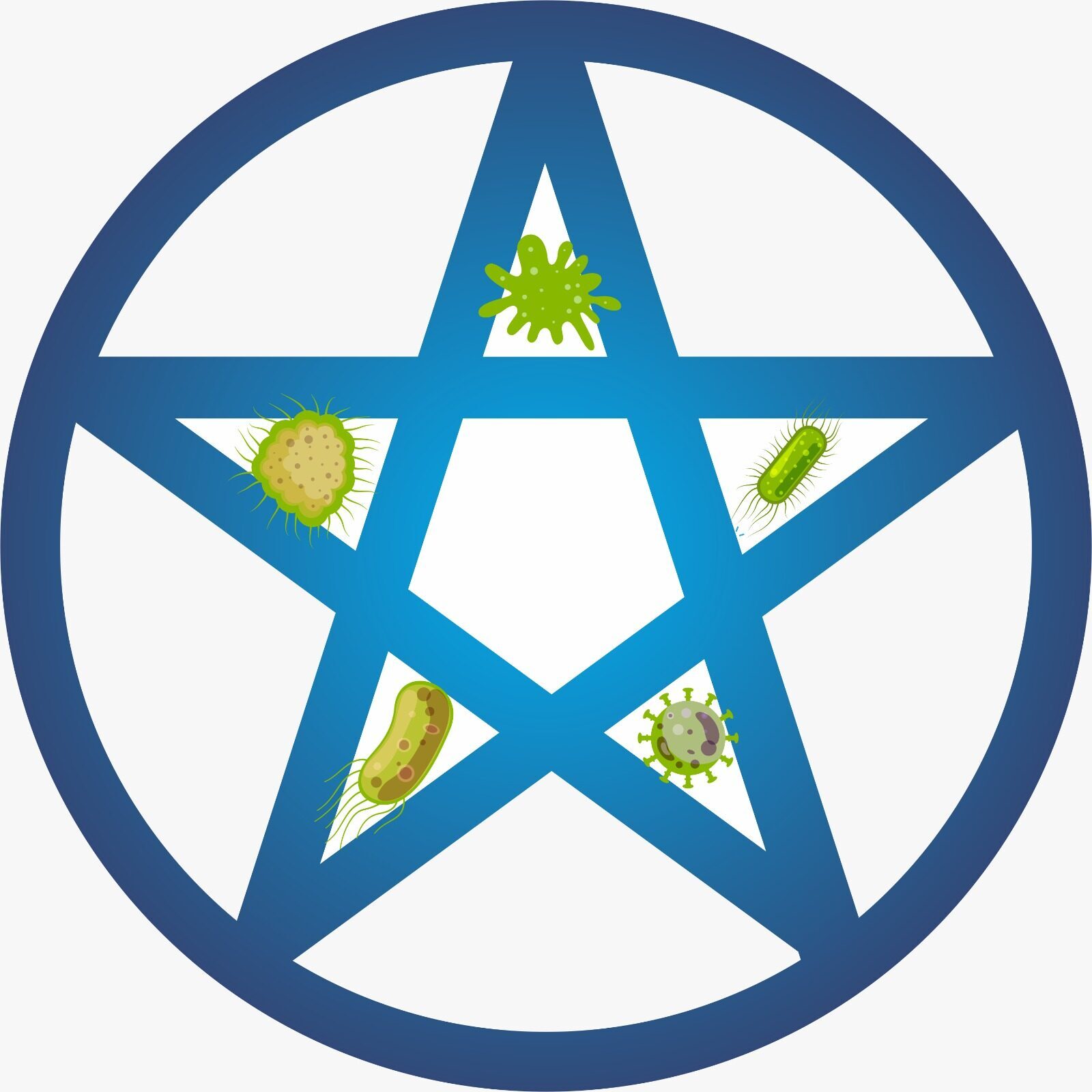Full-Text
Antibiotics have been widely used as potential drugs to fight against bacterial infections and play an essential role in combating bacterial diseases since their discovery. Currently, the world is facing a severe life-threatening problem of continuously increasing multidrug resistance in bacterial pathogens. Continuous use of antibiotics increases the emergence of resistance.
It has been observed against all microbial agents at this time permitted for use in humans and animals. Plant-based extracts and compounds are currently being explored as alternatives to conventional antibiotics for their applications as antibacterial or antimicrobial agents. Synergism, a positive interface produced while two agents are mutual, and mutually they exist inhibitory outcome specifically superior to the addition of their entity effects.
To Rehan Ronalty Rocha, extracted essential oil of C. tetradenius and C. pulegiodorus shows antibacterial activity next to S. aureus, which is a natural alternative in clinical therapy. They perform the synergistic effect of essential oil in combination with antibiotics oxacillin along with ampicillin, also the additional effect with antibiotic benzylpenicillin. Scientists experimented under Brazilian guidelines and ethical principles.
They collect leaves as plant material for the extraction of essential oil. Extraction was performed by hydro-distillation using Clavenger kind apparatus. Extracted oil was then dried with sodium sulfate. For analysis of oil, gas chromatography with flame ionization detection and gas chromatography-mass spectrometry was operated by the team of authors. For qualitative examination of the oils, Shimadzu single quadrupole GCMS-QP2010 gas chromatography coupled with VG Analytical 70-250 S mass spectrometer was processed. Mainly, the volatile unstable compounds were p-cymene, α-phellandrene, and camphor α-phellandrene in C. tetradenius , and trans-chrysanthenyl acetate, p-cymene, and α-terpinene in C.pulegiodorus.
To check the identification and resistance of test microorganisms were resolute by VITEK®2 system (bioM´erieux, Marcy-l’´Etoile, France). Scientist prefers Minimum Inhibitory Concentration and Minimum Bactericidal Concentration along with agar disc diffusion assay for antibacterial activity, also measures the microbial growth curve. Synergistic activity tested by checkerboard assay. The results showed antibacterial activity by a zone of inhibition which is higher for essential of C.tetradenius as compared to the essential oil of C. pulegiodorus. While the Minimum Inhibitory Concentration of C. pulegiodorus is twice as compared with C.tetradenius. In spite, the minimum bactericidal concentration was vice versa of minimum inhibitory concentration. Essential oil of C. pulegiodorus and C. tetradenius showed considerable inhibition on kinetic growth delay the start of the exponential phase when treat with sub-inhibitory concentration (2000 μg/mL for both Essential oils). The fractional inhibitory concentration ranges from 0.125 to 0.625 either the essential oil of C.tetradenius or C. pulegiodorus showed a synergistic or additive effect, according to the combination of essential oils and antibiotics.
In this issue of Microbial Pathogenesis by ELSEVIER, authors revealed that the combination of conventional antibiotics with natural products has shows potential alternative to reduce the MIC of synthetic drugs and permit the use of lesser doses against multidrug-resistant strains. However, more study must be needed to use this combination in clinical trials. The results of following study encourage researchers to use this idea of a combination of essential oil or natural product of antibiotics to reduce the global problem of multidrug resistance. Also, the synergistic ability of the essential oils combined with antibiotics even improved the antimicrobial effectiveness.
